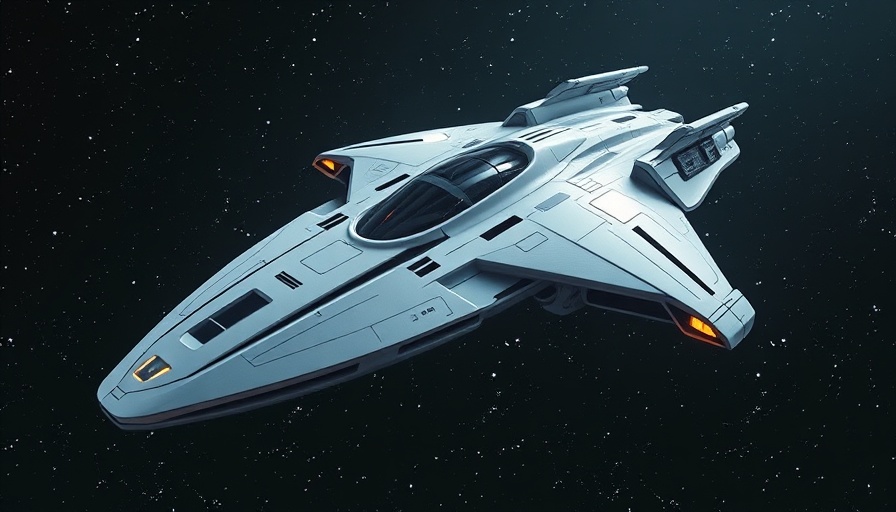
Unveiling Gemini 2.5 Pro's Deep Seek Strategy
The advancements in artificial intelligence are not just incremental; they are revolutionary. Google's DeepMind has recently demonstrated this with the introduction of its Gemini 2.5 Pro Deep Seek. This new reasoning mode builds on the foundations of Gemini's earlier versions, incorporating innovative techniques that aim to transform how AI tackles complex coding challenges. For instance, consider the example of 'Catch the Mole,' a daunting puzzle from the competitive coding platform, Codeforces.
In 'Gemini 2.5 Pro Deep Think Demo | Competitive coding problem', we explored the groundbreaking capabilities of Gemini 2.5 Pro's new reasoning mode, prompting a deeper analysis of its impact on coding.
Understanding the Challenge of 'Catch the Mole'
'Catch the Mole' presents a unique challenge. In this coding puzzle, players must find a hidden mole within a tree structure using a limited number of queries, which is typically restricted to 160. The added complexity arises from the mole's movement based on the player's queries; each incorrect guess makes it move closer to the tree's root. This makes it imperative for any solution to be not only accurate but also strategically proactive.
Gemini's Unique Minmax Strategy
What sets Gemini 2.5 Pro apart is its ability to manage uncertainty through a minmax strategy. Unlike traditional approaches that rely on simple methods, Gemini deep-seeks sophisticated solutions that track all possible mole positions dynamically. As the model executes queries, it continuously narrows down the possibilities, essentially playing a smart game of guessing, where each guess is informed by the responses it receives.
The Implications for Competitive Coding
The capabilities demonstrated in Gemini 2.5 Pro not only highlight improvements in AI reasoning but also hint at exciting possibilities for the future of competitive coding. For students and professionals alike, having access to tools that can navigate complex problems with higher precision opens new avenues for learning and innovation. As AI continues to dive deeper into problem-solving, we may soon see a shift in approaches to coding competitions and other analytical fields.
Conclusion: The Future is Bright for AI Coding Solutions
With Gemini 2.5 Pro Deep Seek being rolled out to trusted testers via the Gemini API, we are on the brink of significant shifts in how coding problems are approached, solved, and taught. The challenges presented by tasks like 'Catch the Mole' are no longer constrained to human intellect or traditional methods; instead, they are becoming a playground for advanced algorithms aimed at unlocking new levels of performance. As we embrace these changes, it is crucial to remain informed about advancements such as Gemini, which promise to enhance not just coding, but potentially many areas of technology where complex problem-solving is essential.
 Add Row
Add Row  Add
Add 




Write A Comment